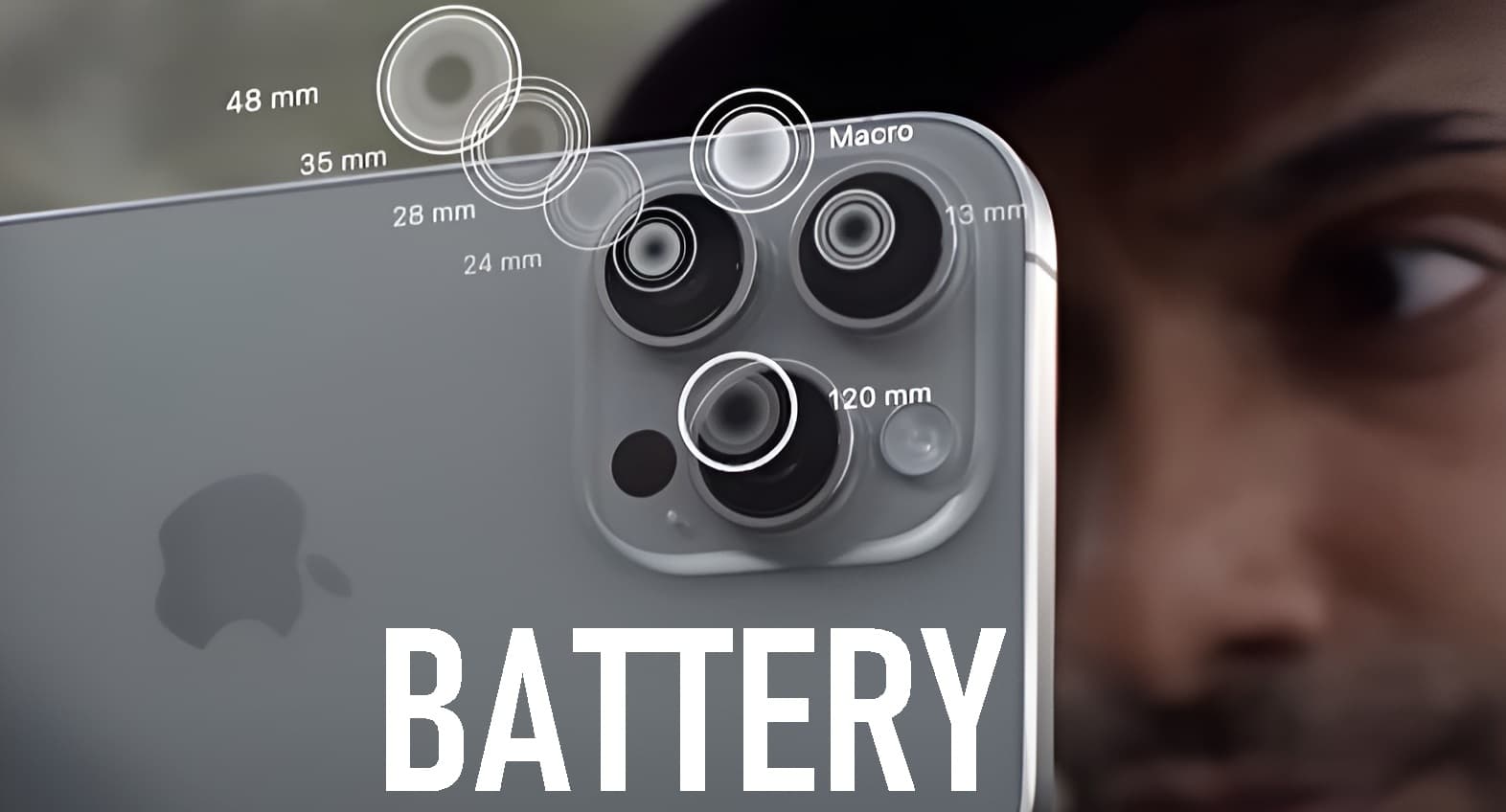Smartphone batteries are evolving rapidly, and the changes coming in the next few years will redefine our mobile experience. If you’ve ever been frustrated by your phone’s battery life or the inability to swap out a dead battery on the go, you’re not alone. This article will explore the exciting innovations on the horizon, from removable batteries to cutting-edge technologies like solid-state and graphene batteries. We’ll also touch on how new regulations and breakthroughs might impact your next smartphone.

What to Expect from Smartphone Batteries in 2027
The smartphone industry is buzzing with anticipation about what 2027 will bring. Here’s a glimpse of what you can expect:
1. Solid-State Batteries: The Game Changer
Solid-state batteries are poised to revolutionize smartphone technology. Unlike traditional lithium-ion batteries that use liquid electrolytes, solid-state batteries use a solid electrolyte. This change means they can be safer, with less risk of leaks or fires, and more energy-dense. Imagine a phone that charges faster and lasts longer without getting bulky. It’s like upgrading from a clunky old TV to a sleek, ultra-HD screen.
2. Graphene Batteries: A New Frontier
Graphene batteries are another exciting development. Graphene, a form of carbon with extraordinary properties, could lead to batteries that are not only more powerful but also lighter and longer-lasting. Think of it as a supercharger for your phone, allowing it to run smoother and longer with minimal weight.
3. Improved Battery Life and Faster Charging
Expect significant improvements in battery life and charging speed. Researchers are working on new technologies that could make your phone’s battery last for days on a single charge and refuel in just minutes. No more waiting around for your phone to power up—just quick, efficient energy.
How Removable Batteries Will Change Smartphone Design
In recent years, smartphone designs have shifted towards non-removable batteries. This trend has its pros and cons. Here’s how removable batteries might make a comeback:
Pros of Removable Batteries:
- Convenience: If your battery dies, you can simply swap it out for a fresh one. It’s like having a spare tire for your phone.
- Longevity: Being able to replace the battery means you can extend your phone’s life without needing a costly upgrade.
- Repairability: Removable batteries can make repairs easier, potentially saving you money on technician fees.
Cons of Removable Batteries:
- Design Limitations: Phones with removable batteries may be thicker and less sleek.
- Durability Concerns: Removable battery compartments can be less sturdy, potentially leading to issues with dust and water resistance.
The Impact of EU’s New Law on Removable Batteries
The European Union has introduced new regulations to promote the use of removable batteries. This move aims to reduce electronic waste and make recycling easier. Here’s what it means for you:
- Increased Sustainability: You’ll be able to replace batteries more easily, reducing the need for whole phone replacements.
- Enhanced Recycling: With removable batteries, recycling becomes more straightforward, helping to decrease environmental impact.
What Solid-State Batteries Mean for the Future of Mobile Devices
Solid-state batteries are more than just a trend—they represent a major leap forward in mobile technology. Here’s why:
- Safety: With no liquid electrolytes, solid-state batteries are less likely to catch fire or leak.
- Energy Density: They can store more energy in the same space, leading to longer battery life and less frequent charging.
- Durability: These batteries are more robust, with a lower chance of swelling or degradation over time.
Future Battery Technologies for Smartphones: What to Watch
The future of smartphone batteries is bright and full of promise. Keep an eye on these technologies:
- Lithium-Sulfur Batteries: Offering potentially higher energy densities and lower costs, these could be a game changer.
- Nano-Technology: Innovations in nano-materials may lead to even smaller, more efficient batteries.
- Wireless Charging Advances: Expect improvements in wireless charging that make it more efficient and widespread.
Graphene Batteries: Are They the Future of Smartphones?
Graphene batteries are often touted as the future due to their impressive capabilities:
- High Conductivity: Graphene’s exceptional conductivity means faster charging times.
- Lightweight: These batteries are lighter, which could make for sleeker, more portable devices.
- Longer Lifespan: They tend to have a longer life cycle compared to traditional batteries.
The Role of Solid-State Batteries in Next-Gen Smartphones
Solid-state batteries will likely become a cornerstone of next-gen smartphones. Their advantages include:
- Compact Design: They allow for thinner, lighter phones without sacrificing battery life.
- Enhanced Performance: Faster charging and longer-lasting power will make your device more reliable throughout the day.
What Solid-State Batteries Mean for the Future of Mobile Devices
In summary, solid-state batteries could be a game-changer for mobile devices. They promise:
- Improved Safety: Less risk of overheating or explosions.
- Higher Efficiency: Better energy storage means your phone can do more without needing frequent charges.
- Innovative Designs: Thinner and more versatile designs that could lead to new, exciting phone features.
The future of smartphone batteries is filled with incredible possibilities. Whether it’s through the adoption of solid-state or graphene batteries, or a return to removable designs, these innovations will enhance how we use our devices. Stay tuned—your next phone might come with battery technology that’s smarter, safer, and more efficient than ever before!
For more insights and updates on smartphone technology, make sure to check back regularly. The future is bright, and we’re just getting started!








